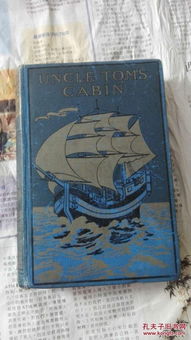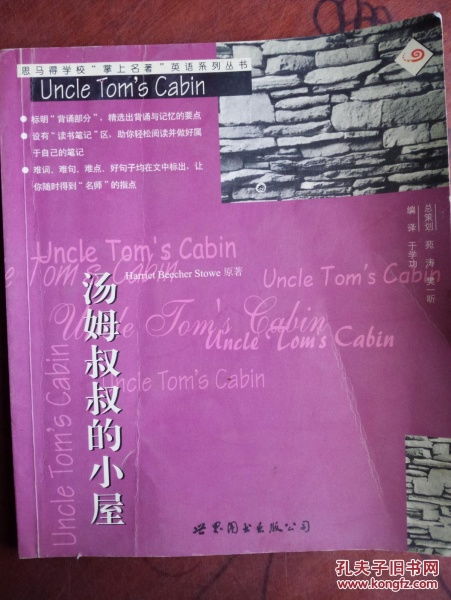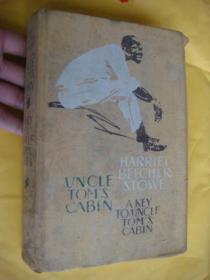Understanding the Context

Uncle Tom’s Cabin, written by Harriet Beecher Stowe, is a novel that delves into the harsh realities of slavery in the United States during the 19th century. The character Uncle Tom, a loyal and Christian slave, faces numerous beatings throughout the story, serving as a powerful symbol of the oppression and cruelty that slaves endured.
Types of Beatings

Uncle Tom’s beatings are not limited to physical violence. They encompass various forms of punishment and abuse, including:
| Type of Beating | Description |
|---|---|
| Whippings | Whippings are one of the most common forms of punishment. They involve lashes across the back or buttocks, often leaving scars and causing severe pain. |
| Starvation | Slaves were often denied food or given insufficient portions, leading to malnutrition and weakness. |
| Humiliation | Slaves were subjected to degrading and humiliating acts, such as being forced to wear rags or perform dehumanizing tasks. |
| Sexual Abuse | Many slaves, particularly women, faced sexual abuse at the hands of their masters or overseers. |
Psychological Impact

The beatings Uncle Tom endures have a profound psychological impact on him. Despite the pain and suffering, he remains loyal to his masters and prays for their salvation. This resilience is a testament to the strength and endurance of slaves during that era.
However, the beatings also contribute to Uncle Tom’s internal struggle. He grapples with the contradiction between his faith and the injustice he faces. This internal conflict is a central theme in the novel, highlighting the moral dilemmas faced by slaves and their masters.
Symbolism and Social Commentary
The beatings of Uncle Tom serve as a powerful symbol of the oppression and cruelty inherent in the institution of slavery. They illustrate the dehumanization of slaves and the disregard for their dignity and rights.
Stowe’s portrayal of Uncle Tom’s beatings also serves as a social commentary on the moral and ethical failings of society at the time. The novel calls for the abolition of slavery and the recognition of the inherent worth and dignity of all human beings.
Impact on the Reader
The beatings of Uncle Tom are graphic and disturbing, yet they are essential to the novel’s impact. They force readers to confront the harsh realities of slavery and the suffering endured by its victims.
Stowe’s vivid descriptions of Uncle Tom’s beatings evoke empathy and compassion in readers, making them more likely to support the abolitionist cause. The novel’s emotional intensity and moral clarity have contributed to its enduring popularity and influence.
Conclusion
Uncle Tom’s beatings are a harrowing portrayal of the cruelty and oppression faced by slaves during the 19th century. They serve as a powerful symbol of the dehumanization inherent in the institution of slavery and a call for justice and equality. Stowe’s novel continues to resonate with readers today, reminding us of the importance of recognizing and addressing the injustices of the past.




